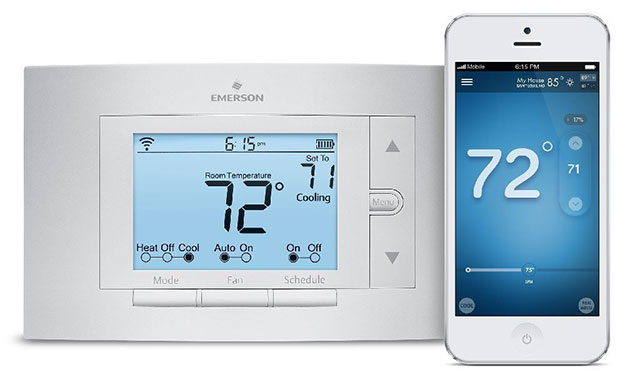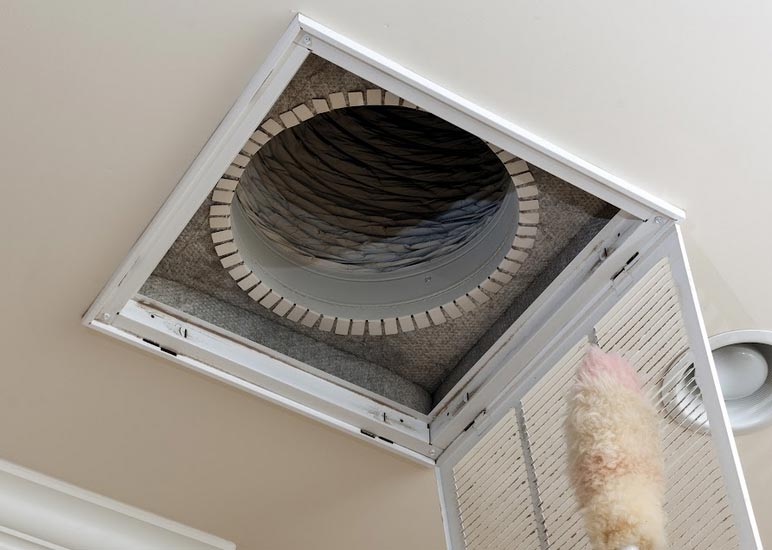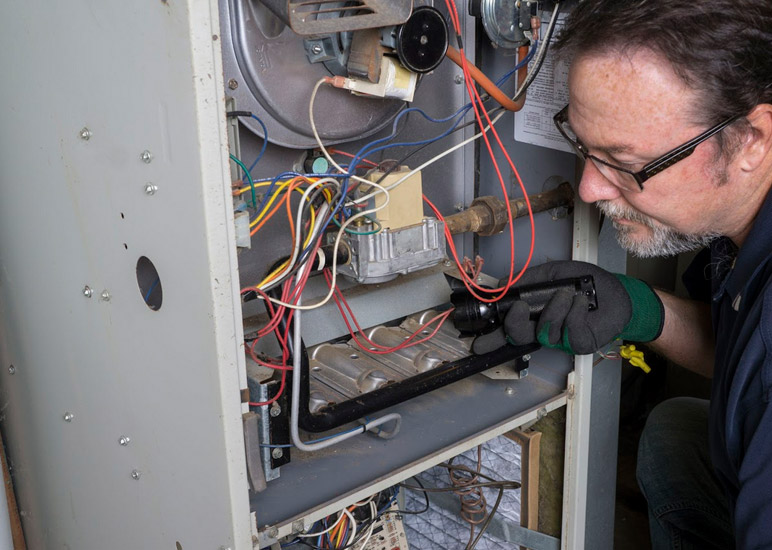
A wireless thermostat is a great option for people who want full control over their energy usage (and savings) whether they’re at work, at home, or on vacation. At Irish Heating and Air, we prefer the Sensi Wi-Fi Thermostat by Emerson over popular competitors such as Google’s Nest Learning Thermostat.
Why?
Affordability, reliability, and ease of use are among our top reasons. If you’ve narrowed your options down to Sensi vs Nest, take a minute to learn more about Sensi’s advantages.
1. The Sensi Wi-Fi Thermostat is Cheaper than Nest
When it comes to Sensi vs Nest pricing, Sensi wins by a mile.
The Sensi wireless thermostat costs around $100 on Amazon whereas the Nest 2nd generation costs $200 dollars and the Nest 3rd generation costs nearly $250. This means that the Sensi is half the cost of its competitor while still offering you wireless capabilities.
2. The Sensi Wi-Fi Thermostat has Physical Buttons
Not everyone likes using a touch screen – yet most wireless thermostats use them. The lack of a physical button can be difficult to control, especially for our elderly or less technologically inclined customers. The Sensi wireless thermostat has actual analog buttons, so you know exactly what you are pressing without having to troubleshoot and fiddle around extensively.
3. The Sensi Wi-Fi Thermostat Uses a Classic Design
If you are simply looking to upgrade your old thermostat to a wireless model without having to pay hundreds of dollars, then the Sensi Wi-Fi Thermostat is ideal. It’s inexpensive and looks very similar to traditional thermostats. You don’t have to introduce an entirely new interface in order to get modern technology at your fingertips. Additionally, the Sensi wireless thermostat uses AA batteries while the Nest unit uses a rechargeable lithium ion battery. Some users have reported that their Nests fail to recharge and will suddenly turn off, which could be harder to diagnose if you can’t just pop in new batteries. Skip the hassle and stick with the AA batteries.
4. The Nest WiFi Learning Thermostat is Less Reliable
The Nest WiFi thermostat’s charging issue isn’t its only bug. In fact, it has several.
Several owners have complained that their Nest would sometimes shut off and on rapidly, wearing out their furnace unit. Others have complained that they’d set the temperature on their Nest thermostat only to come home to a 90 degree house in the middle of summer, or find a freezing cold home in the middle of winter.
Sensi Wi-Fi users generally didn’t have ongoing issues, and the biggest complaints were about initial setup. The good news is that you can always hire a professional thermostat installer to handle that for you.
5. The Sensi Wi-Fi Thermostat Doesn’t Need Extra Wiring
The Sensi Wi-Fi Thermostat is one of the wireless thermostats that generally does not require a C wire (or common wire) to operate. Many older homes had thermostats that did not need a C wire in order to function, so upgrading to a Nest could require new wiring. When upgrading to the Sensi Wi-Fi Thermostat, you won’t need to pay extra fees to have a C wire installed.
However, if you are running a heat only or cool only system (as opposed to a combined heating and cooling system) you may have to use a C wire to power the Wi-Fi connection, unless you decide to use a two wire kit instead. Again, this is where working with a professional thermostat installer could save you a few bad surprises.
In The Battle of Sensi vs Nest, Sensi Wins
The Sensi wireless thermostat combines affordability, reliability, and modern technology in a user friendly format that won’t intimidate users who want to stick close to their old ways. We prefer the Sensi WiFi Thermostat vs the Nest Learning Thermostat because it just makes more sense for our everyday users who want a little extra more for their buck without having to break the bank to purchase a new thermostat.
Call us today to learn more about your options in thermostats, or to get a wireless thermostat installed today. You might also want to read up on other ways to lower your monthly ac costs.





